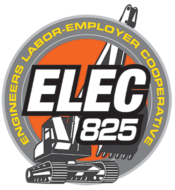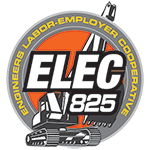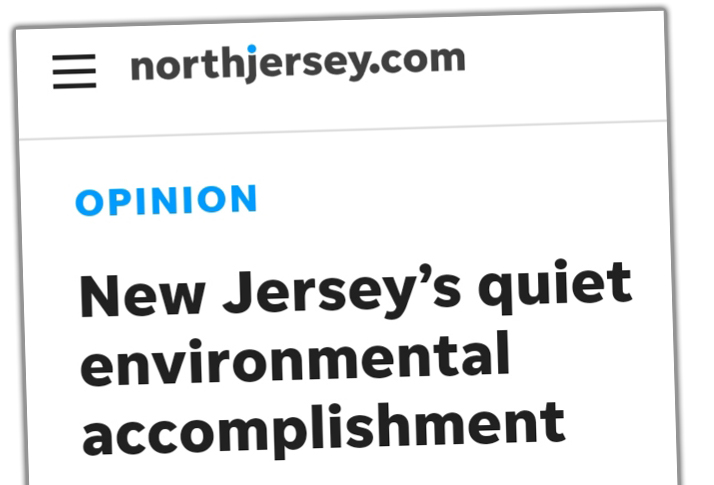From the New Jersey Spill Act of 1976 (a model for the federal Superfund program) to today, New Jersey has been at the forefront of cleaning up from our industrial past and conserving the state for future generations.
Ten years ago (2009), there were over 20,000 known contaminated sites in the state and countless unknown contaminated sites, from abandoned industrial facilities to leaking in-ground heating oil tanks. The New Jersey Department of Environmental Protection (NJDEP), tasked with cleanup and identification of additional contaminated sites, was overwhelmed and backlogged.
The Site Remediation Reform Act (SRRA) of 2009 sought to break through the backlog by changing the process of how contaminated sites are identified and cleaned up (remediated).
The results, after ten years, speak for themselves. Since the SRRA, over 38,000 contaminated sites in the state have been cleaned up. This includes an average of 2,500 to 3,000 leaking in-ground heating oil tank sites identified and remediated per year.
There is still a lot of work to be done, with nearly 14,000 open cases of contaminated sites and more identified each day as a result of soil testing during real estate transactions. But on the 10th anniversary of the Site Remediation Reform Act, let’s recognize all the hard word done and then get back to the business of #BuildingOurTomorrow.
This is what the Next Generation of Labor looks like, working cooperatively with government and business to build a prosperous, healthy, and sustainable New Jersey for future generations.
[Learn more about the Site Remediation Reform Act here: https://www.nj.gov/dep/srp]





